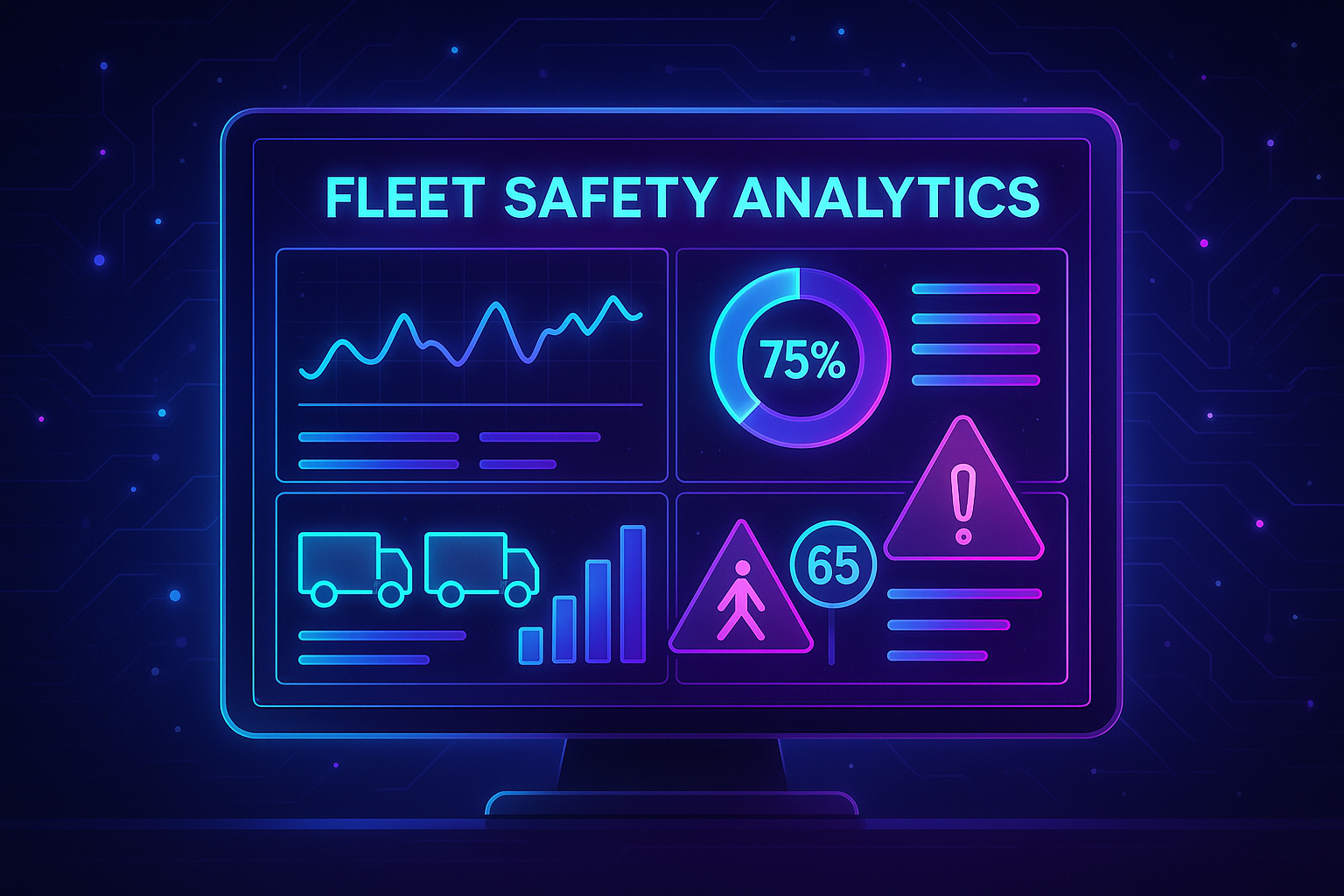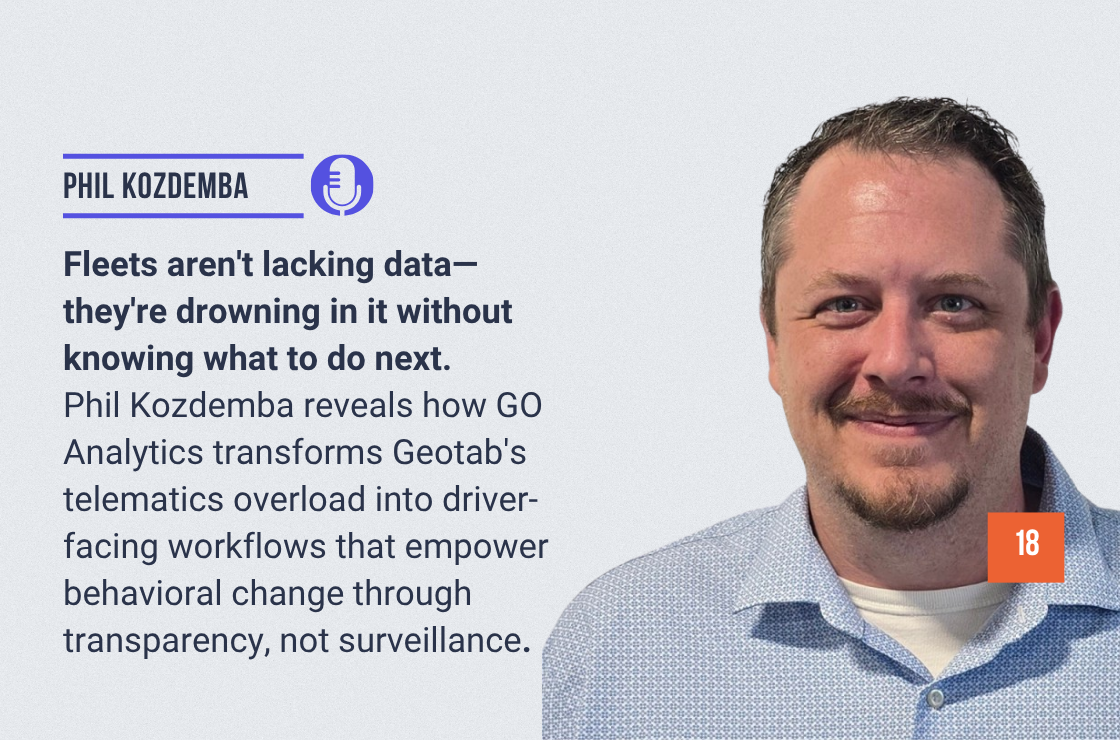
The Road Ahead is Less Paved
The mid-year 2025 economic outlook brings more questions than answers for fleet professionals. With tariffs in flux and vehicle prices subject to rapid changes due to global supply chain pressures, fleet managers, environmental health and safety (EHS) officers, and procurement leaders must rethink how they approach fleet acquisition. Traditional purchasing models may no longer be financially viable—or strategically sound.
In this evolving landscape, flexible fleet acquisition strategies aren’t just helpful—they’re essential.
The Economic Landscape: What’s Driving Uncertainty?
Several key factors are shaping the current fleet acquisition environment:
- Tariff Volatility: Tariffs on imported vehicle components—particularly from Asia and Europe—continue fluctuating due to geopolitical tension, trade negotiations, and energy policy shifts.
- Interest Rate Pressures: While the Federal Reserve has hinted at potential rate cuts, inflation remains a concern, keeping financing costs unstable.
- OEM Constraints: Many original equipment manufacturers (OEMs) limit production volumes or adjust lead times due to semiconductor shortages and global demand shifts.
- EV Market Disruptions: Government subsidies are changing, EV infrastructure remains inconsistent, and battery materials are under renewed scrutiny for environmental and ethical sourcing.
Result: Fleet managers face ballooning costs, unpredictable delivery schedules, and increased pressure to forecast capital expenditures with minimal clarity.
Strategy Shift: From Ownership to Optionality
Rather than waiting for market conditions to normalize (they may not), leading fleet operators adapt by diversifying their acquisition models. Here’s how.
- Leasing and Subscription-Based Models
Leasing isn’t new, but the terms and structures have evolved:
- Short-term leases (12–24 months) allow for faster fleet turnover and tech upgrades.
- Bundled leasing packages may now include maintenance, telematics, and driver training.
- Fleet subscriptions offer a “vehicle-as-a-service” model where companies pay a flat rate for access to various vehicle types on demand.
Benefit: Spreads cost risk, avoids capital tie-ups, and enables faster adaptation to vehicle technology or regulatory changes.
- Operational Flexibility Through Hybrid Fleets
Hybrid acquisition models blend owned, leased, and rented vehicles, allowing businesses to:
- Scale rapidly during peak demand periods
- Shift between vehicle classes based on route changes or client contracts
- Test EVs or alternative fuels without full commitment
Insight: This agility helps avoid lock-in during volatile pricing or policy shifts, especially as new tariffs may hit select vehicle categories harder than others.
- Pre-Owned Procurement With Predictive Maintenance
High-mileage doesn’t mean high-risk anymore—especially with predictive analytics.
- Certified pre-owned fleets paired with telematics and AI-driven maintenance can reduce downtime and improve cost forecasting.
- Depreciation curves on used vehicles are now more stable than new ones due to inventory constraints.
Fleet tip: Invest in data systems that track real-time vehicle health to optimize lifespan and avoid surprise replacement costs.
Financial Forecasting: Smart Planning in an Unpredictable Climate
While no model guarantees accuracy in today’s environment, these best practices improve your odds:
- Scenario Planning: Run multiple acquisition cost simulations based on best-, mid, and worst-case tariff scenarios.
- Total Cost of Ownership (TCO) Reviews: Recalculate TCO quarterly—not annually—to account for fluctuating fuel prices, insurance rates, and repair costs.
- Cross-Department Collaboration: Finance, EHS, and operations should align on acquisition priorities. An EV that saves on fuel may also complicate regulatory compliance or infrastructure needs.
Safety, Sustainability, and Cost: You Don’t Have to Choose
Many fleet leaders mistakenly assume a trade-off between budget control and innovation. In reality, flexible acquisition models can enhance compliance, safety, and sustainability goals:
- Short-term leases allow faster adoption of ADAS (advanced driver-assistance systems) vehicles, which reduce collisions and improve driver behavior.
- Subscription or EV pilot programs can support ESG targets without long-term financial exposure.
- Integrated driver training programs paired with leased vehicles can improve fuel efficiency by as much as 10%—a quick win for both carbon reduction and budget forecasting.
Final Thoughts: Navigating the Curve
Fleet acquisition strategies in 2025 must be more than reactive—they must be resilient. In a year where tariffs may shift month to month, and OEM availability feels like roulette, the companies that embrace agility will outperform those that wait for stability.
Fleet managers and EHS professionals can lead, not lag, by adopting flexible, data-driven, and future-ready acquisition strategies.
Key Takeaways
- Fleet acquisition strategies must adapt to tariff uncertainty and economic volatility in 2025.
- Leasing, subscriptions, and hybrid acquisition models offer financial and operational flexibility.
- Financial forecasting should include scenario planning and quarterly TCO reviews.
- Innovative acquisition strategies can enhance safety, compliance, and sustainability while managing cost.







